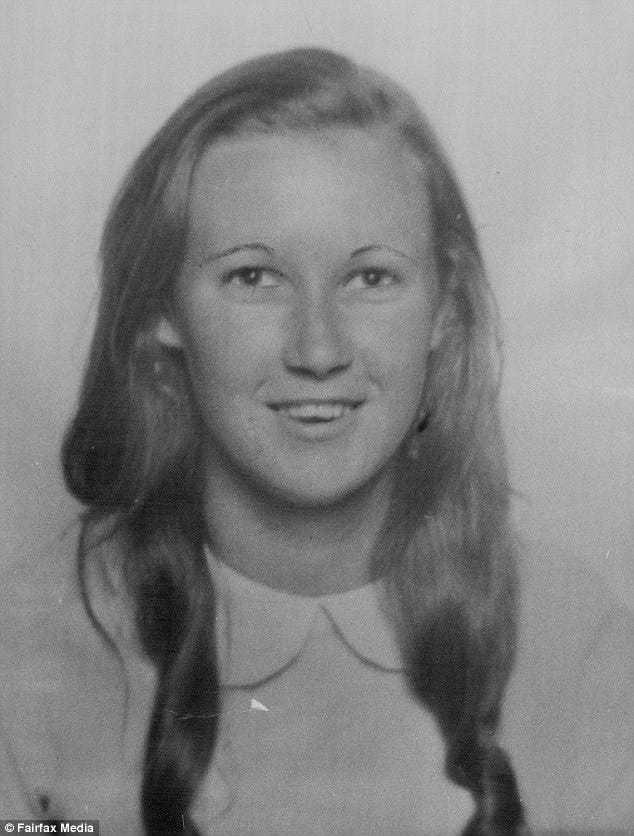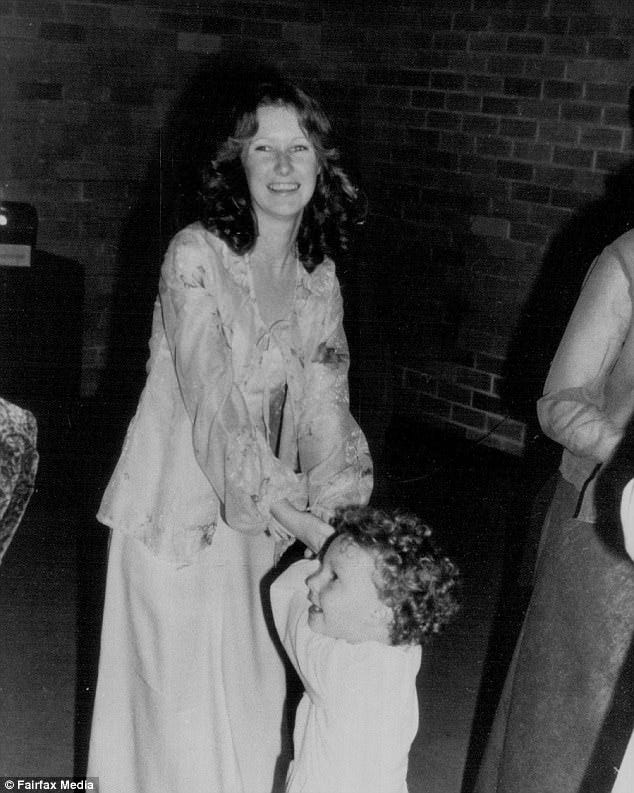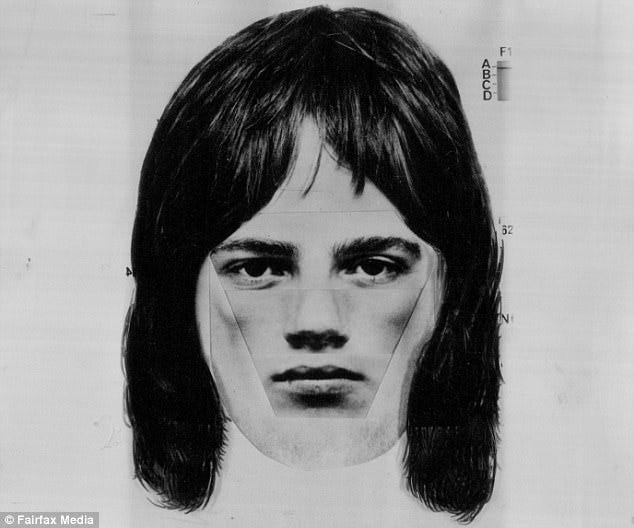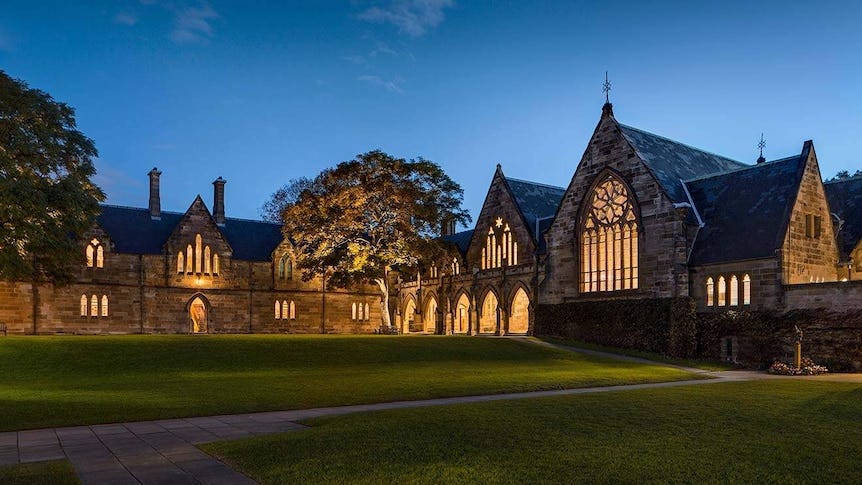Silence on Campus: Power, Misogyny, and the Murder of Annette Morgan
On October 29, 1977, a bright and ambitious 18-year-old nursing student, Annette Louise Morgan walked through the sprawling grounds of the University of Sydney that morning. As she passed through the college gates, Annette’s path took her along Glebe Point Road, a short but well-lit route that leads her to the heart of the campus. She has plans to meet a friend at St Paul’s College, a residence on campus.
Just hours later, her body is discovered just hours after her murder. Annette was brutally raped and murdered near the University of Sydney’s St Paul’s College. Her body is found in a gully, her skull is fractured, and her life was violently taken too soon by strangulation.
After the immediate horror of her death, silence follows. Witnesses from that night report seeing a man with bloodstained clothes leaving the campus after the crime, but despite this, the investigation falters.
More than four decades on, her killer has never been brought to justice.
This article revisits the case not only to examine the tragic events of that night but to interrogate the systemic failures — institutional, cultural, and investigative — that allowed Annette's death to go unanswered.
So why did her murder go unsolved? What role did the culture of the university and the campus play in this tragedy?
And more so, the burning question: what does justice mean when silence and complicity last this long?
For those who knew Annette, she was a nurturing soul and a young woman with dreams of making a difference in the world. She is described as intelligent, kind and ambitious and dedicated to her nursing training.
Annette Morgan was a nursing student at the University of Newcastle and had just begun a course at the Royal Newcastle Hospital.
Annette had come to Sydney by train on Friday afternoon and stayed with a female friend. She had planned to stay for the weekend.
Her final resting place is at Sandgate Cemetery in Newcastle, New South Wales, indicating her family's connection to the Newcastle area.
Timeline of Events
At 7:15 am, she walked from where she was staying to St Paul’s College. By 7:30 am she was seen walking along Glebe Point Road towards St Paul’s College. She was on a common path well-known to students and the public.
Authorities suspect that between 8:00 am and 9:00am she was attacked. She was raped, severely beaten (resulting in a fractured skull) and strangled. The assailant likely used only his fists and hands during the assault.
By 9:30 am Annette’s body was found near St Paul’s oval. She was partially clothed and had been left on a pile of rubble.
Shortly after her body was discovered, a crucial witness reported that they had seen a suspicious man leaving the vicinity of the university at the time of the murder.
The man was described as being approximately 173 cm tall, solidly built, with sandy-colored hair and a distinctive broken nose. Notably, his trousers appeared to be stained with what looked like blood.
Despite the detailed description, the man was never identified, and the witness’s account remains one of the few leads in the case. The chilling nature of the sighting — a lone man exiting the grounds in the early morning with apparent bloodstains — added to public concern and underscored the brutality of the attack.
In the immediate aftermath, police surmised that Annette had been followed through the university grounds and attacked by someone using only their fists and hands, indicating a crime of opportunity.
A decade later, in 1987, the New South Wales Government announced a $50,000 reward for information leading to the apprehension of Annette's killer. This initiative aimed to revive public interest and encourage potential witnesses to come forward.
Despite these efforts, no one has been charged in connection with Annette Morgan's murder. The case remains one of Sydney's most haunting unsolved crimes, highlighting the challenges of investigating such cases and the enduring impact on the victim's community.
What does this have to do with St Pauls College?
St Paul’s College at the University of Sydney has a history marked by incidents reflecting a culture of misogyny and elitism, which persisted both at the time of Annette Louise Morgan’s death in 1977 and in more recent years.
St Paul’s College has long been associated with tradition, privilege, and elite networks. As with many all-male colleges across Australia and internationally, its culture has at times been described as exclusive, insular, and hierarchical, fostering a strong sense of internal loyalty that can, in certain circumstances, manifest as protectionism.
Many of the staff and residents had elite family connections too which apparently helped them gain accommodation and work during their studies at the University of Sydney.
In the context of Annette Morgan’s murder, this environment has led to decades of speculation and distrust. Although no public evidence directly implicates any student or staff member of St Paul’s in the crime, several cultural factors have contributed to the lingering belief that someone from within the college may have been involved or protected.
Both before and after 1977, the college was known to shield students from legal and disciplinary consequences for prioritising the college’s reputation over accountability. This also extended to alumni being protected by the college. Any allegations made against any past or present St Paul’s men were dismissed or downplayed. AfAfterall it’s alumnis are judges, MPs, and Olympians.
For many years, St Pauls was known for a history of deep-rooted misogyny. In 2018 a recent investigation revealed the sexist traditions at the college, some of which have been labelled as ‘dangerous and demeaning’ towards female students who were new to campus. One of them being ‘Bone Room’ ritual which allowed Paul residents to invite first-year female students into a room lined with mattresses, get them drunk and have sex with them - which is most likely to not have been consentual.
According to the university’s Women’s officer in 2018 she quotes “They represent massive amounts of wealth privilege and inequality”.
Other alumnus have come forward and said that the college has a very ‘institutionalised misogynistic' and ‘incredibly unhealthly’ atmosphere. “All these kids come out of all-male private schools and then go into an all-male college and they’ve kind of not learnt what a female is or how to respect them”.
In the case of Annette, the fact that her destination was within the college and her body was found so nearby sparked immediate scrutiny of anyone who may have had contact with her, especially the male friend she was going to visit. If the perpetrator had links to the college, it’s not inconceivable that others may have known or suspected who was responsible, but stayed silent out of fear, loyalty, or pressure.
According to various rumours and reports, there was limited cooperation with police during the investigation. This pattern of non-disclosure or silence is not unique to this case. Elite male institutions — particularly in the 1970s — were often resistant to external interference, especially from media or law enforcement.
Strangely enough just a few days after Annette’s death, St Paul College students held an awards ceremony for students. One student who committed rape was applauded for committing the ‘Animal Act of the Year’ for 1977.
The toxic culture within St Paul’s College during the 1970s, exemplified by the "Animal Act of the Year" award, raises serious concerns about the environment in which Annette Morgan's murder occurred. The college's history of misogyny and protectionism may have contributed to a lack of transparency and accountability in the investigation of her death.
While definitive evidence linking St Paul’s College to Annette Morgan's murder remains elusive, the circumstances surrounding the case, combined with the college's documented cultural issues, continue to raise questions. The lack of resolution in the case serves as a somber reminder of the importance of accountability and cultural change within institutions.







